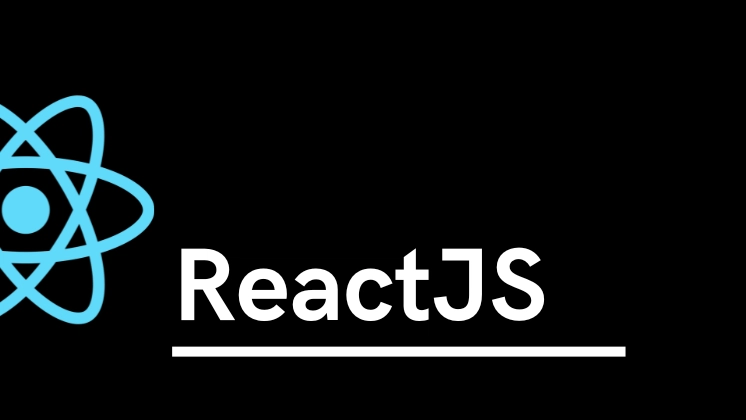
React JS has become a cornerstone for developing dynamic, user-friendly web applications. While mastering the basics is an important milestone, professional developers often seek advanced techniques to elevate their projects.
Optimizing performance, managing complex states, and leveraging modern React features are crucial for creating scalable, efficient applications. To fast-track your development process, consider the option to hire dedicated React developers to bring expertise to your projects.
1. Efficient Component Rendering
Rendering is a critical factor in React performance. Developers can enhance efficiency by ensuring components only render when absolutely necessary. Utilizing strategies like memoization helps React skip rendering for components whose data hasn’t changed. Additionally, structuring components to reduce their dependency on parent re-renders leads to smoother applications.
2. Advanced Hooks Utilization
Using advanced hooks in React, like useMemo, useCallback, and useReducer, offer more than just convenience; they enable developers to write cleaner, more modular code. These hooks are instrumental in managing computationally expensive operations, creating reusable logic, and handling complex state transitions efficiently.
By mastering these tools, you can achieve an optimal balance of performance and maintainability.
3. Thorough Testing and Debugging
Testing is essential for delivering reliable and maintainable applications. In React, Jest and React Testing Library allow developers to write tests that test applications by planning real-world usage scenarios.
Meanwhile, tools like React Developer Tools provide extremely helpful insights into state, props, and component behavior, allowing you to debug issues effectively.
4. TypeScript Integration
TypeScript offers static typing that eliminates run-time errors and enhances the scalability of the code. Adding TypeScript to a React application makes developers identify type-related problems during the development phase, thus reducing the number of bugs in the production environment. This becomes even more critical when several teams are working on the application at large.
5. Server-side Rendering and SEO Optimization
Server-side Rendering (SSR) is a real breakthrough for enhancing the SEO effectiveness and the first loading time. Tools such as Next.js make it easy to adopt SSR while providing other functionalities such as static site generation.
For developers working on projects where search engine visibility and performance are critical, adopting SSR can make a significant difference.
6. Accessibility Best Practices
Making your React applications accessible is not only the right thing to do but also the best thing to do to expand your reach. These are the basics of what can be done: using semantic HTML, managing focus states, and using ARIA roles.
React also comes with tools for testing and improving accessibility and this makes it easy to develop applications that are accessible to a disabled user.
7. Continuous Performance Monitoring
Advanced React developers prioritize monitoring and optimizing performance. Tools like Lighthouse, React Profiler, and custom analytics allow developers to identify bottlenecks and areas for improvement. Regular performance audits ensure that applications remain fast and responsive, even as they scale.
8. Leveraging React Ecosystem Libraries
React has a very large ecosystem and there exists libraries and tools suited for almost all scenarios. In this case, deciding on the right libraries will help to save time on development and improve the quality of the result for animations, forms, or data visualization.
Keeping abreast with the tools and trends in the ecosystem is something that every professional developer needs to do.
9. Comprehensive State Management
As applications grow in complexity, managing states across various components becomes challenging. Beyond the basic useState, React Context combined with useReducer can help manage global states without introducing the overhead of external libraries.
This approach simplifies data flow and keeps the state management within React’s ecosystem, making it an excellent choice for medium-scale applications.
10. Code Splitting for Improved Performance
Large JavaScript bundles can slow down your application. Code splitting ensures only the necessary parts of the app are loaded initially, improving load times. Tools like Webpack and React’s built-in lazy loading support can make this process seamless.
By incorporating this practice, you’ll create a smoother user experience, especially for resource-heavy applications.
Conclusion
React development is not just about writing functional components but using the advanced hooks in React takes your development process to the next level. Focus on the application’s performance, scalability, and maintainability, which can help you build applications that not only meet the user requirements but also the modern development standards.






